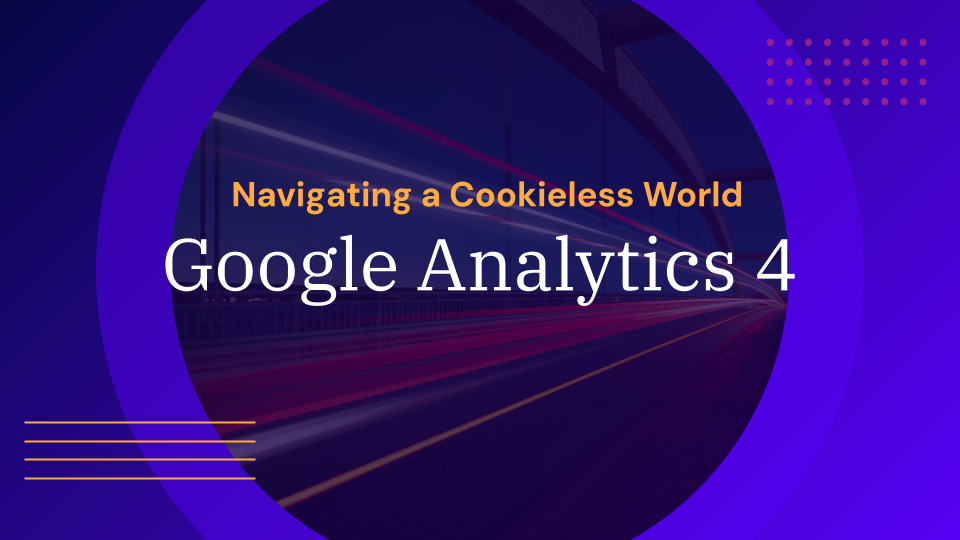
How Influencer Marketing Can Be The #Gift that Keeps on Giving
There’s no denying the (virtual) explosion we’ve seen in Influencer Marketing as a channel over the past year. Despite the somewhat foreboding impact that Covid-19 had on the sizable travel influencer industry, the influencer market steadily burgeoned throughout 2020, and is set to continue on that trajectory – exceeding a predicted $15 billion by 2022.
Aside from having your product flaunted in desirable photogenic locations, the appeal to marketers is obvious. Half the battle of marketing is convincing potential customers that you are a trusted and reliable company to get them to the point of purchase. If you can bypass that step, paying someone they already trust and admire to get straight to the chase and recommend your product then why wouldn’t you?
One need only search #Dubai or #Ad on social media to see the resounding dominance of the influencer mafia. And with 90% of agencies believing influencer marketing to be an effective form of marketing, it’s easy to see why. However, with a third of agencies making no attempt to calculate any form of ROI from their influencer campaigns, it’s hard to view this 90% confidence as anything other than blind optimism.
While the broad value of influencer marketing is easily imaginable – affordable prices, authentic content and ROI uplift – the real question is how far you can stretch that value. Influencer marketing has undoubtedly strengthened its grip on the industry, offering brands a new avenue to target consumers and increase customer engagement. But like every emerging channel before, influencer marketing needs to prove its incremental value in the wider marketing mix.
To give airtime to the old John Wanamaker marketing dilemma, brands need to identify which half of influencer strategies drive growth, and which are wasted ad spend.
While many have their methods, few if any offer a true view of channel performance. For performance purists, who work entirely off of affiliate links and voucher codes, they run the risk of undervaluation. For those who operate loosely scientific Earned Media Value (EMV) calculations, they often head in the opposite direction – zealously over-accrediting the channel.
So how do you determine the incrementality of a channel without succumbing to undervaluation or excessive accreditation? Considering you don’t necessarily own the media (and it’s predominantly housed on a platform notorious for preventing a 3rd party view on performance) this is easier said than done.
For us the answer to finding true channel value, and thus maximising the value of influencer activity, is to take the content out of the platforms. By removing content from the tightly controlled environments of Facebook, Instagram etc, brands can not only expand their reach much more efficiently, but also open the door to much more effective measurement. Amplifying content in this way gives advertisers the ability to assess the true impact of post content and cross-channel performance analysis and attribution allows advertisers to paint a full ‘value’ picture.
The potential is there, brands just need to capitalise on it and the answer is in social amplification.
For more information on Social Amplification, and how to understand the true value of your social campaigns, watch the launch event of our Social Amplification Tool. A bespoke platform that allows brands to extend their organic social or influencer content beyond their native platforms to leverage reach, targeting, and measurement capabilities of programmatic display.
Browse: Industry Insight
Read Next
Find out how we can help you
With offices around the world, we can build a team perfect for your needs.

